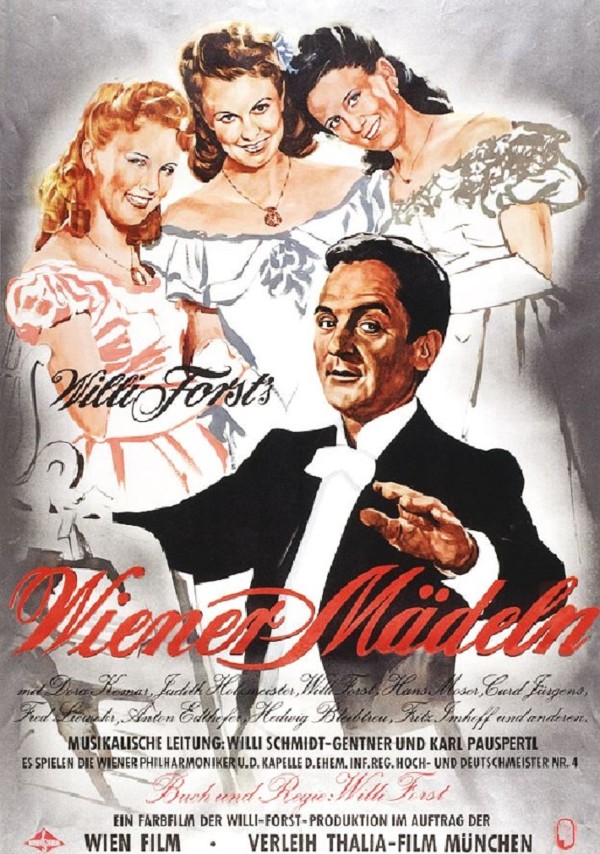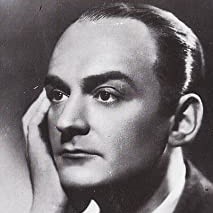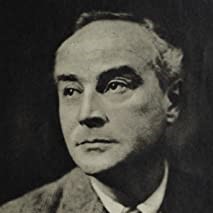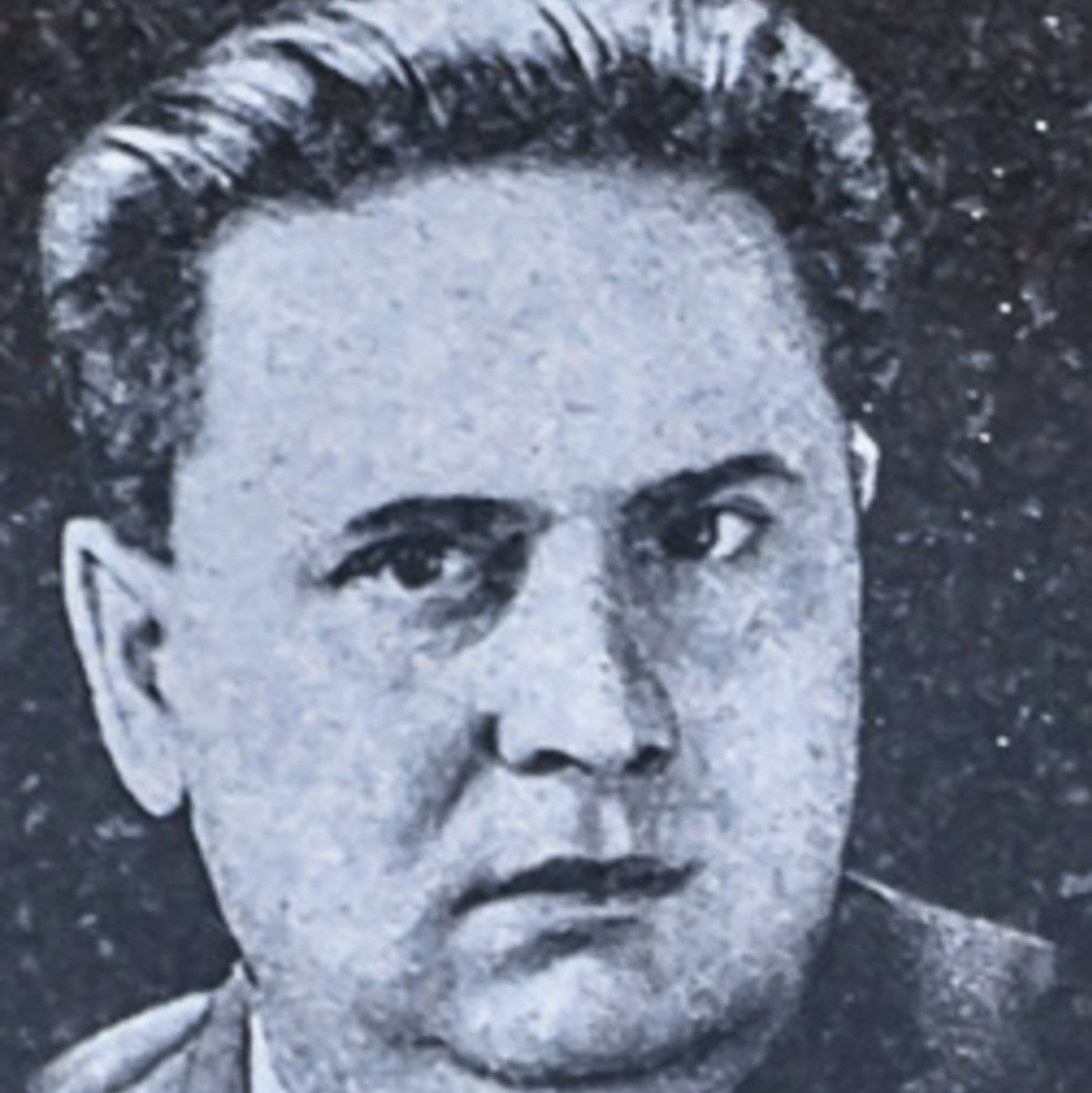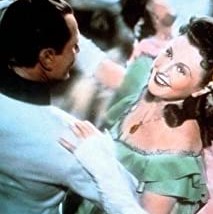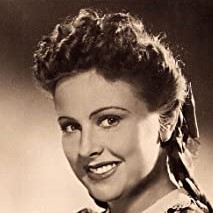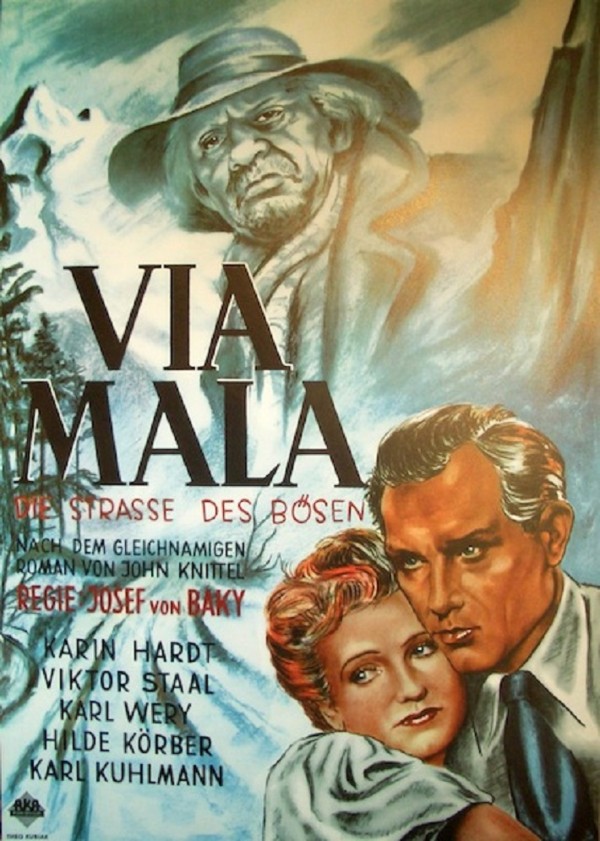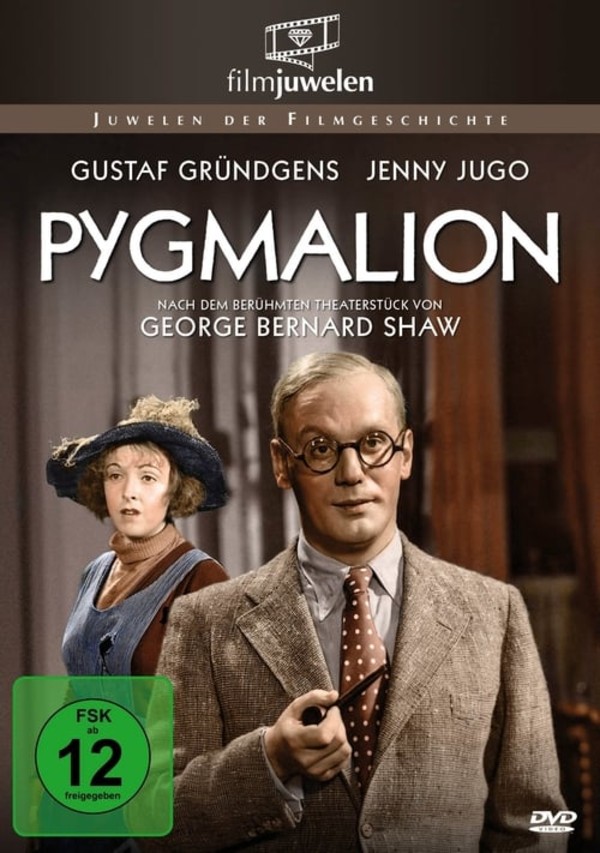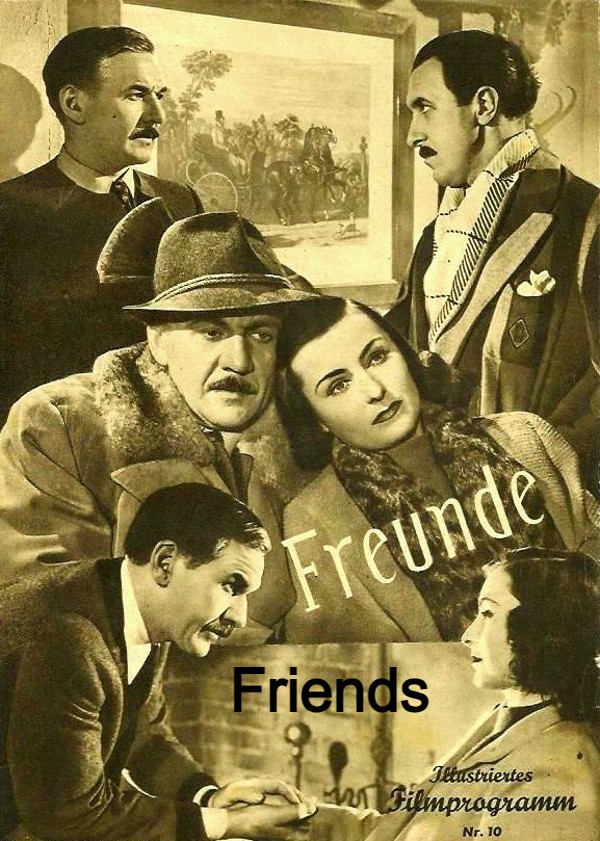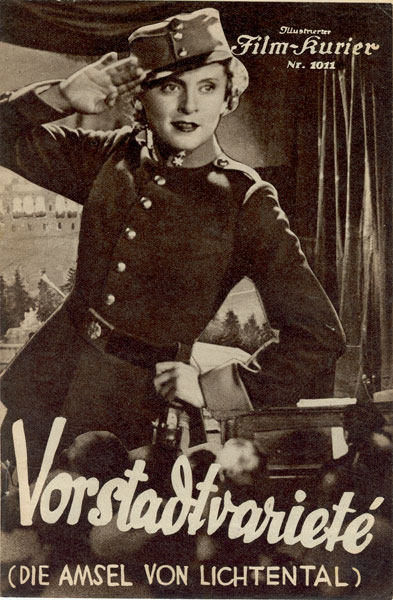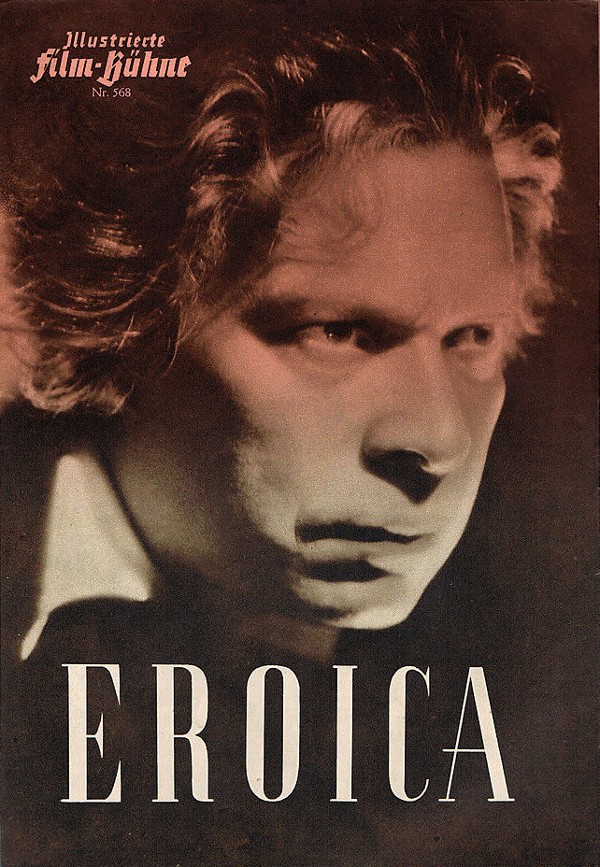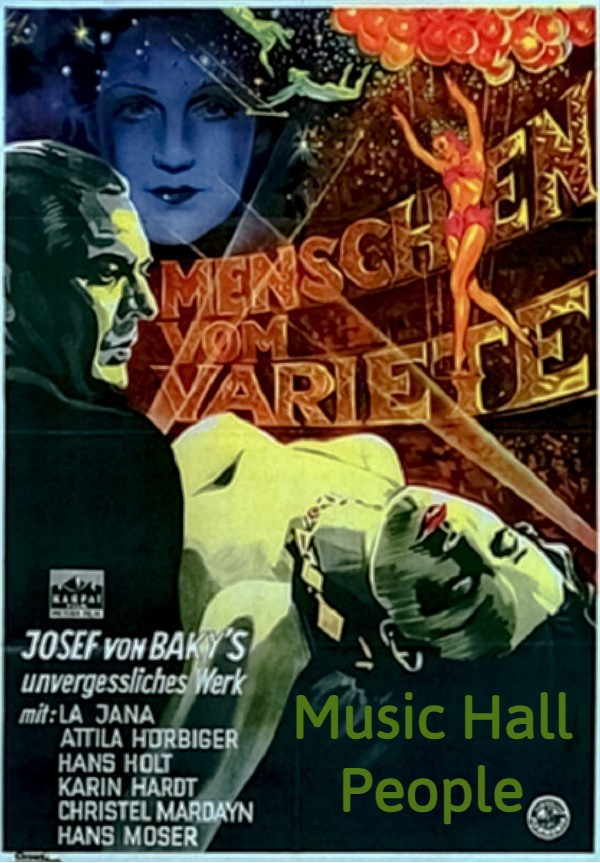Admin comments
This film is among Forst's most perfect. As usual, the director simply gets everything right in a seemingly effortless manner, creating a wonderfully 'musical' pacing, and Jan Stallich's cinematography and the magnificent costumes and sets do the rest. Gorgeous pastel colors in shots which often remind of paintings. Rarely does Agfacolor look more glorious.
But the script and the performances deserve similar praise. Forst plays the composer in an endearingly modest way: Ziehrer is not a glamorous hero, but an insecure and timid young man who more often than not has to rely on his friend Engerl to make his progress. Engerl is played by Hans Moser, who gives one of the best performances of his entire career here; caring and heartfelt, a complete character much more than in most of his other films (don't worry, he still gets a lot of chances to do his famous ranting and his mumbling is even worse than usual, but that's what creates the charm, of course). And one can easily understand why the two ladies, especially the stunning Judith Holzmeister, make such an impression on the Forst character....
This production was one of the last big budget (Filmoperette)-musicals set in 19th century Vienna. A must for fans of romantic costume drama
